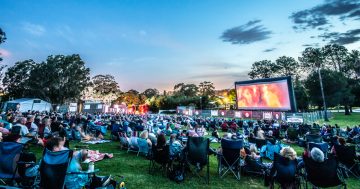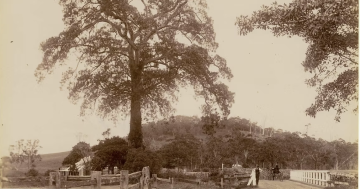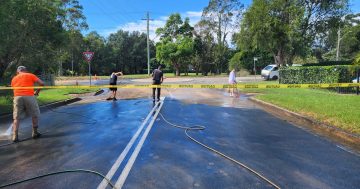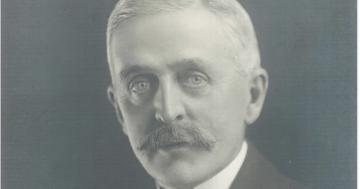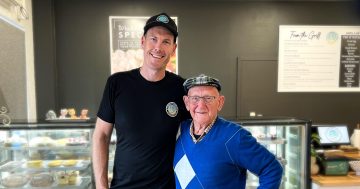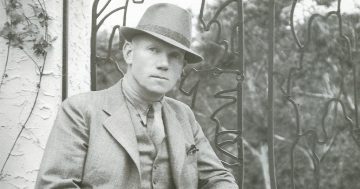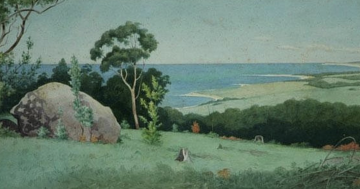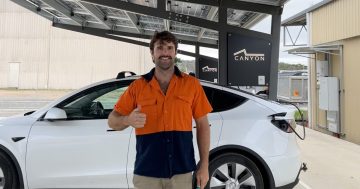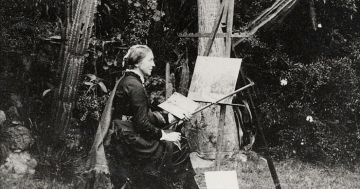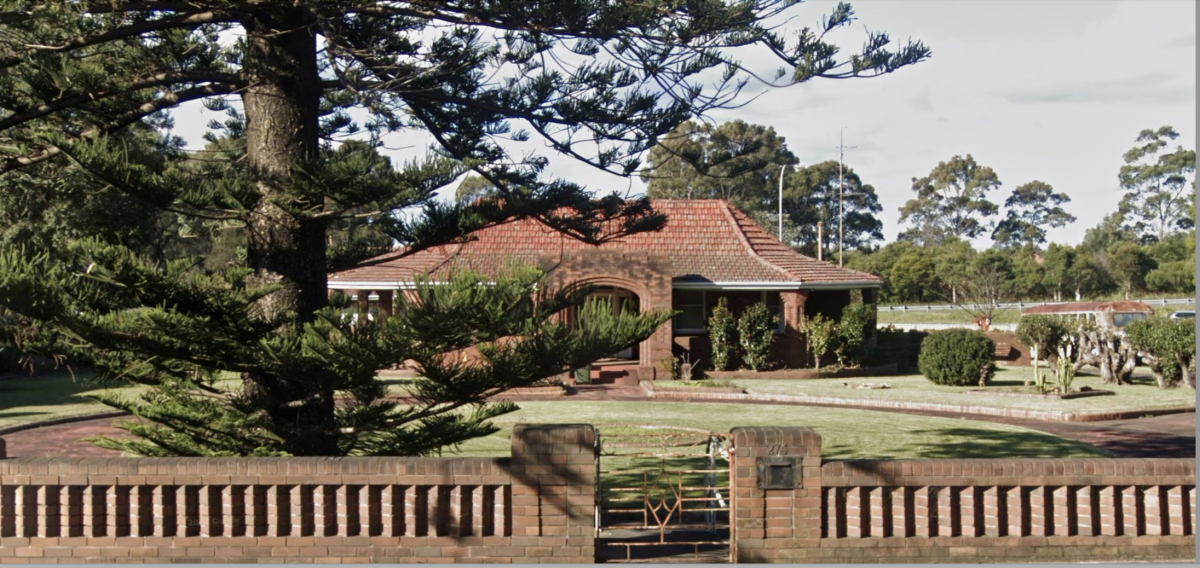
The historic Warenda in North Wollongong, once the home of Illawarra’s Dion family. Photo: Supplied.
You can’t get a more famous Illawarra family than the Dions.
The family was at Nerrigundah (a gold mining settlement west of Bodalla) before they came to Wollongong and established market gardens where the Fraternity Club is today at Fairy Meadow and then in the 1920s came the buses which are still with us today.
I was once spun the story that the house owned by the Dion family opposite Wollongong High School, known as Warenda, was originally a colonial wooden farmhouse that had been very attractively bricked all round.
Turns out that was not the case at all. For, indeed, the very fine residence was built for a member of an Illawarra family once at least as famous as the Dions now are.
And that was Illawarra’s Figtree family – famous even though they had nothing to do with the equally famous giant figtree at Figtree.
Edward Figtree was born in Yorkshire in 1837. By 1883 he was working as a coke burner living at Tinsley View, Brightside, where he was fined five shillings for having removed a cow along the highway from Brightside to Hatfield farm where foot and mouth disease existed.
His obituary claims he managed the Brightside and Pittsmore Coke Works near Sheffield before arriving in Australia in December of 1886 with his wife, Elizabeth and several of his sons, including Henry, Frank and Edward Junior.
After emigrating to Australia, Edward Figtree went into partnership with Alfred Robshaw at Unanderra before erecting ovens for coke burning at Mount Pleasant in 1890. The patriarch and his sons soon became the premier coke-making family in the Illawarra.
In 1900 Edmund Figtree senior returned to England and prevailed upon his eldest son, Joseph A Figtree, who was managing a coke works there to come to Australia.
Very soon after his arrival Joseph was appointed manager of the Federal Coke Works Company established in 1900 to build a battery of 45 rectangular beehive ovens.
The ovens were built alongside the Mt Keira railway line, just to the west of the South Coast railway in Gwynneville.
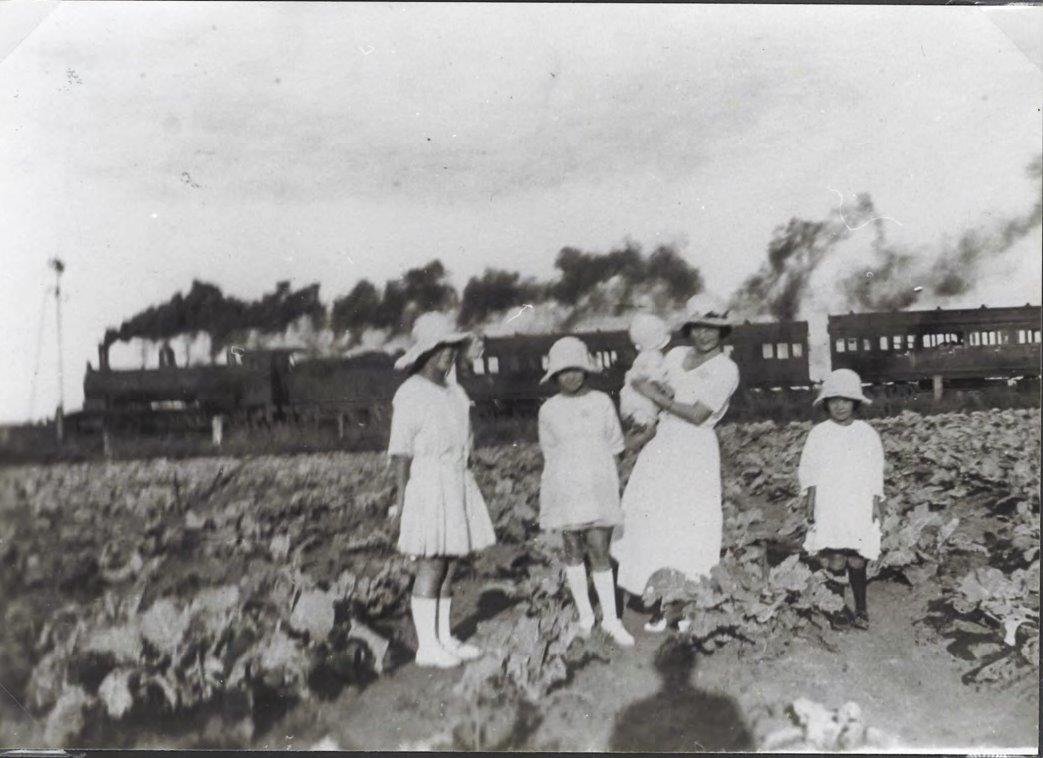
When the Dions first arrived in Wollongong they ran a market garden on the site where the Fraternity Club in Fairy Meadow now sits. Photo: Dion’s Bus Services.
The Beaton Park athletic field now stands on the site of the old coke works where slack coal from the Mt Keira colliery was used as feed for the ovens.
But the Figtree son who built the fine brick dwelling in spacious grounds north of Wollongong was named George Henry Figtree (1864-1956). He married Lucy Emily Court Richardson at Wollongong in 1895.
Here he did well financially and in 1908 was able to take a trip back to England. By August 1912 he was in a position to build his dream Wollongong home. It was to be a “brick residence” on what was then called the “Bulli Road”.
The “plans and specifications” prepared by architect and mechanical draughtsman Mr J Lawrie were then said to be available for viewing at his premises in Bourke Street, Wollongong.
And what a fine building Lawrie produced. An advertisement for the home which appeared in the South Coast Times and Wollongong Argus in 1913 said: “There has just been completed for Mr G H Figtree, a residence at Fairy Meadow of a very good class. It is of brick, with cavity walls lined throughout with lath and plaster, the ornamental work being of unique design. There are six large rooms (average about 16 ft by 14 ft), besides an excellently fitted kitchen, a wash-house, and bath-room. A hall, 6 ft in width, runs throughout the depth of the building. Water has been laid on in, convenient places from four tanks of 1000 gallons, each, and as these tanks have been elevated on high brick foundations, to allow of gravitation, there are little cellars underneath them which may be used for keeping eatables in a cool condition. A verandah 8 ft wide, surrounds the whole building. The front makes a fine showing, having a large bay-window at each corner, while the main door is of large lead-light design. The land which surrounds the building gives ample scope for gardening and other purposes. The builder W G Stewart lived in Burelli Street Wollongong and had been born in Banffshire in Scotland and had come to Australia in the late 1880s.”
George Figtree and his family lived at Warenda until 1923 when the property and much of the adjoining land was sold to the Illawarra Land Development and Investment Co. Ltd. George Figtree received £2800 for his dwelling and land.
The house and grounds were then put up for sale by the real estate agents Ross & Tucker of Thirroul in February 1924 and described as a “magnificent residence being so convenient to the town, with good train and bus services” and sold to a Mr P J Curry prior to the auction.
Mr Curry sold the property in 1928, by which time it was described as “beautifully appointed with electric light installed, with power points in every room. Land: 128 ft frontage x 285 ft”.
Subsequently, the very desirable property Warenda was acquired by the Dion family and the Dion matriarch, Mrs Annie Dion, died there in March 1950.








